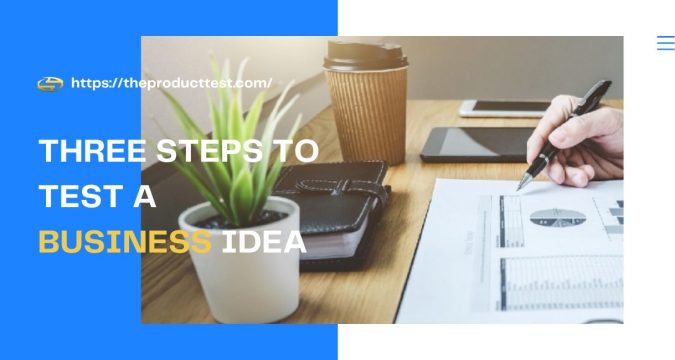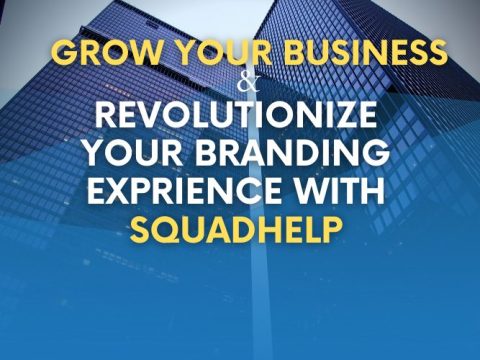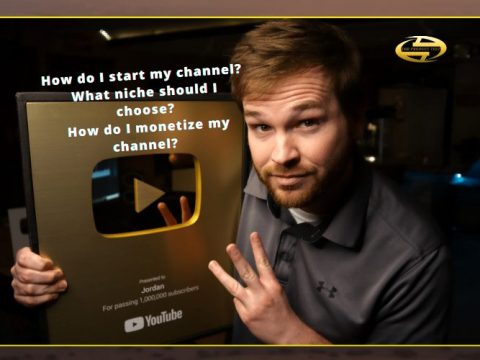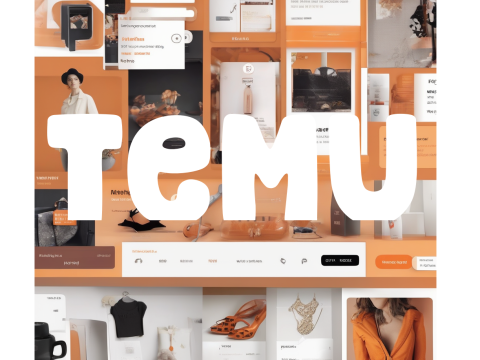
Three Steps to Test a Business Idea
Three Steps to Test a Business Idea are enough to evaluate your future project without spending a lot of time, energy, money in the process.
[bws_related_posts]
a simple three-step process that you can use to test a business idea with real-world customers without spending a lot of time, energy, or money in the process. In fact, this is a system that you can use, even if you have yet to build out your product or your service.
That way, you can gather early feedback and actually improve your idea and improve your odds for success. But with that said, let’s dive into it.
And before I actually get into the three steps, I wanna talk a little bit about why testing is so important because this isn’t just about figuring out if you have a good idea or a bad idea. As I kind of alluded to earlier, the idea here is really to figure out how to improve your business idea.
So you wanna gather feedback as early as possible. You wanna start focusing on marketing as early as possible.
So that’s kind of the theme here. You’re looking for opportunities to reduce risk, learn more, and at the end of the day, improve your odds for success. So I’m gonna cover these three steps quite quickly here.
I plan on following up focused on each of the steps to give you more information on how to actually execute the strategy. But here, I wanna focus on just providing you with a high-level look at how this process works, so that you can get a sense of how and why you should pursue this with your business.
First from the Three Steps to Test a Business Idea
Step number one is to bring your idea to life with a simple website. Now, you don’t need to know anything about HTML or coding, or anything like this to make this happen. You can use a simple online website visual builder like Wix, or Squarespace, or one of the many different options that exist out there.
But the reason why this is so important is it’s one of the easiest, fastest, and least expensive ways to bring your idea to life so that you can get genuine reactions from people, you can iterate and improve upon your idea, and you can actually improve your ability to communicate your idea with potential customers, all of which helps move your business forward. So that’s the premise here. Now, what we don’t wanna do is build some kind of a Kickstarter campaign, or a blog describing what we intend to build, or what we’re setting out to create. The idea here is we wanna make a simple marketing website as if the business is 100% real, and it already exists today. That’s what I meant by this is one of the fastest ways to bring your idea to life, we wanna make a website that portrays the idea as if it already exists as if it’s something that customers can take advantage of right now.
And whether it’s a product or a service, whatever the case may be, you don’t actually have to worry about fulfilling the product yet because what we’re gonna do is we’re gonna have a simple call to action buttons on the website, traditional buttons you’ve seen on millions of websites like Buy Now, Sign Up, Register, Learn More, whatever is appropriate for your specific business idea. And when customers click one of these buttons, will simply take them to another page that explains that sorry, this product or service is not currently available, you can have a little form available for them to enter their email address if they wanna be notified when it is available. But you don’t actually have to worry about customers clicking through and buying because, at this point in time, you won’t be accepting credit card payments, you won’t be claiming to be able to sell something you don’t have. The main idea here is to simply communicate what it is that you’re intending to sell, who it’s for, and why people should be interested in buying it so that you can get reactions and actually see how people respond to the idea.
Second of the three steps to test a business idea
So step number two is to gather early reactions to improve your messaging. This is really important because as entrepreneurs, while we may have a clear idea of what we’re setting out to create, who it’s for, and why it may be valuable to people, there’s typically a pretty big gap between that and our ability to actually communicate that effectively to potential customers. So you should fully expect that your very first attempt to create this marketing website is gonna have some pretty severe shortcomings in terms of articulating what it is in a way that customers get it and they really understand what it is that you’re offering. So step number two is about refining your messaging, talking with family, friends, maybe some early potential customers, if you have a close relationship with them, you wanna show them the website and you want to get their genuine reaction. And you want to see what they understand, where potential confusion might be, any feedback or ideas they might have about the product or service itself. So you’re in step two, our primary goal is to improve the website, to improve our ability to communicate the idea. But a valuable byproduct of this whole process is you might get some interesting feedback and ideas on how you can actually improve the idea of the product or the service itself so that you can improve it even before you built it. So you’re already finding ways to take everything to the next level without having to spend a small fortune building the first version of the product, or coding out the service, or whatever it might be, that you’re setting out to create.
So you’re improving both the product and the way that you describe it to people. And the way that you conduct these interviews, these casual one on one interviews with family, friends, and potential customers is really important because as I’m sure you can assume or imagine, most people if they know you closely, are pretty hesitant to give you honest and critical feedback. And so what we’re gonna be doing when we go into this in a little bit more details, we’re gonna be borrowing some ideas from “Sprint” by Jake Knapp and John Zeratsky. This is a fantastic book when it comes to building prototypes, and gathering early reactions, and making sure that your startup or your new business is moving in the right direction. So what we’re gonna do is take some of the concepts from the book. And just to give you kind of a quick look at how this works, you’re gonna sit in on one-on-one simple interviews with people, you’re gonna show them your website on a tablet or a laptop. And you’re simply gonna ask them open-ended questions to get a sense of what they’re experiencing. You’re not gonna guide them, you’re not gonna step in and tell them where to look, or why they should be interested in your product or service, you’re not gonna give them some sort of in-person sales pitch. You’re simply gonna show them the website and ask questions like, what do you think of this? Who do you think it’s for? What do you think it does? What on the page stands out to you most? You’re not asking for feedback, you’re not asking for what they would do to improve the idea, you simply wanna get their genuine reaction at the moment. And everything you say should be geared around getting more information from them, as opposed to trying to guide them through it or to explain why they should be interested in the product or service, or who it’s for, maybe if they’re family or friends and maybe they’re not particularly interested. But rather than trying to explain why you’re creating this and who’s gonna benefit from it, you simply wanna get their genuine reaction. And what you wanna be watching for here is any moments of confusion, any points where they’re either they don’t get it, they don’t know where to look, they don’t understand what it’s all about. They’re scrolling around the page, and they can’t make sense of it. Anything like that, instead of stepping in to try to solve it for them, you wanna simply take notes, because, at the end of the day, this step is all about actually improving the website. And as the title suggests, it’s gathering early reactions to improve your messaging, not to try to sell the person at the moment but just to improve your website for the next person, so that slowly, not only do you refine the way that you communicate about your product, but as I mentioned earlier, you might actually improve the product itself. So the website might actually end up unofficially talking about version 2.0, or 3.0 of the product as it changes in your mind, and as you actually improve the idea and your ability to communicate it.
Third step
When we’re done with step number two, once we’ve improved the website and we’re talking about the product, and communicating it better, then we’re gonna move on to step number three, and that is to test your business idea with real customers.
So this is a very different step than the last one. Here we’re communicating with people that don’t know you, they’re not invested in your success at all. All they care about is whether or not the product or the service creates value for them. And another big difference between this and the last step is instead of sitting down in one-on-one casual interviews with family and friends, we’re gonna be attracting real genuine customers online using simple marketing channels like Facebook, or Google ads. And this doesn’t have to cost a lot, you can spend $100, you can spend $200. We’ll talk about this more in the follow-up video. But you’re simply gonna find ways to attract initial, real-potential customers to the website using paid marketing with an inexpensive campaign. And you’re gonna see how these people react to the website. So of course, in this situation, the website really has to stand on its own because you’re not there in person. You can’t step in even if you wanted to, and people need to understand what it is that you’re offering, who it’s for, and why they should care about it, why or how it creates value for them. So that is the focus here. And what we wanna track in step number three are things like how many people view your ad, how many people click your ad, how many people visit the website, how long they spend on the website, and then, of course, how many people click your call to action buttons. So whether it’s a physical product, and the button says Buy Now, or it’s an online service, and it says Sign Up or Register. You wanna see how many people visit the site, browse around for a little while, and then actually click one of these calls to action buttons because all that gives you a sense of the kind of interest you can expect. Now, most people out there are not willing to make a purchase on their very first interaction with a new business or brand. When people click a Facebook ad for the first time, very, very few of them click through and are immediately ready to click the Buy Now button or the Sign-Up button, and immediately pull out their credit card expecting to be able to buy the product or service. So you shouldn’t expect a really high conversion rate here. And by conversion rate, I mean, people clicking through your ad, visiting the website, and then immediately clicking to buy. That’s just not a very realistic scenario. But what you should expect to see is at least some people willing to click through, some people willing to spend a decent amount of time on your website. And finally, some portion of those people are willing to click through on one of your call to action buttons to demonstrate a genuine interest in your product or service. And if you have any momentum at all, then, of course, you can improve your ability to create ads, improve your advertising budget, continue to improve your landing page, build out your product or service, and eventually add additional products and services so that you can create even more value for potential customers and thus be able to spend even more to advertise and attract new customers. And if for whatever reason, you don’t get a lot of early traction, well, that gives you some more important information, which means you probably need to adjust your product or service, adapt, learn some more about what potential customers are interested in, and pivot your product to serve that audience. And eventually, ideally, you’ll see some traction and then you can start to ratchet things up. But that’s the process. Let me quickly recap the three steps here. Number one, bring your idea to life with a simple website. Number two, gather early reactions to improve your messaging. And number three, test your business idea with real customers. So that’s it for the process.
Source:




